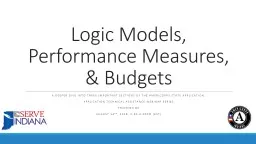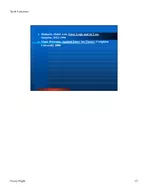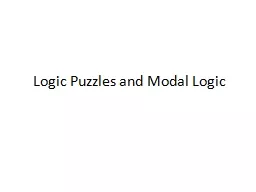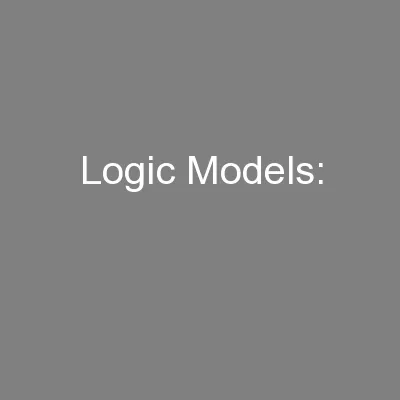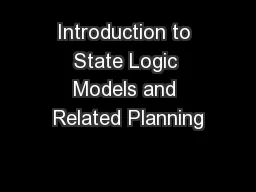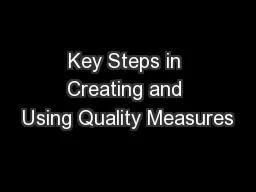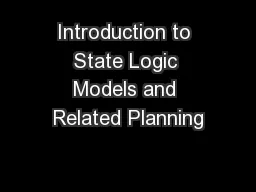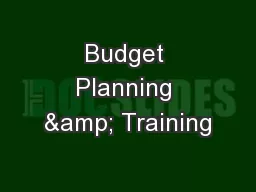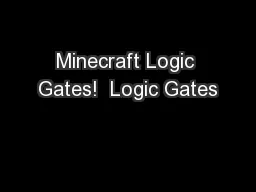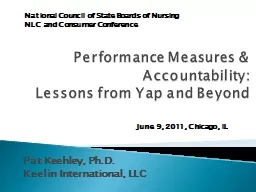PPT-Logic Models, Performance Measures, & Budgets
Author : pasty-toler | Published Date : 2019-12-09
Logic Models Performance Measures amp Budgets A deeper dive into three important sections of the AmeriCorps State Application Application Technical Assistance Webinar
Presentation Embed Code
Download Presentation
Download Presentation The PPT/PDF document "Logic Models, Performance Measures, &..." is the property of its rightful owner. Permission is granted to download and print the materials on this website for personal, non-commercial use only, and to display it on your personal computer provided you do not modify the materials and that you retain all copyright notices contained in the materials. By downloading content from our website, you accept the terms of this agreement.
Logic Models, Performance Measures, & Budgets: Transcript
Download Rules Of Document
"Logic Models, Performance Measures, & Budgets"The content belongs to its owner. You may download and print it for personal use, without modification, and keep all copyright notices. By downloading, you agree to these terms.
Related Documents

